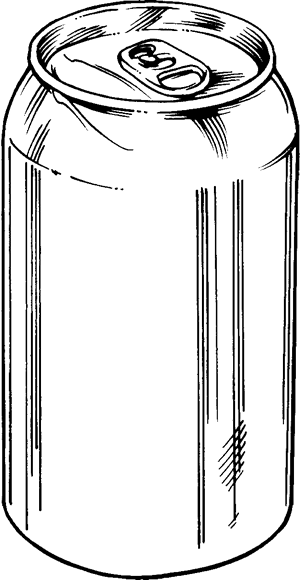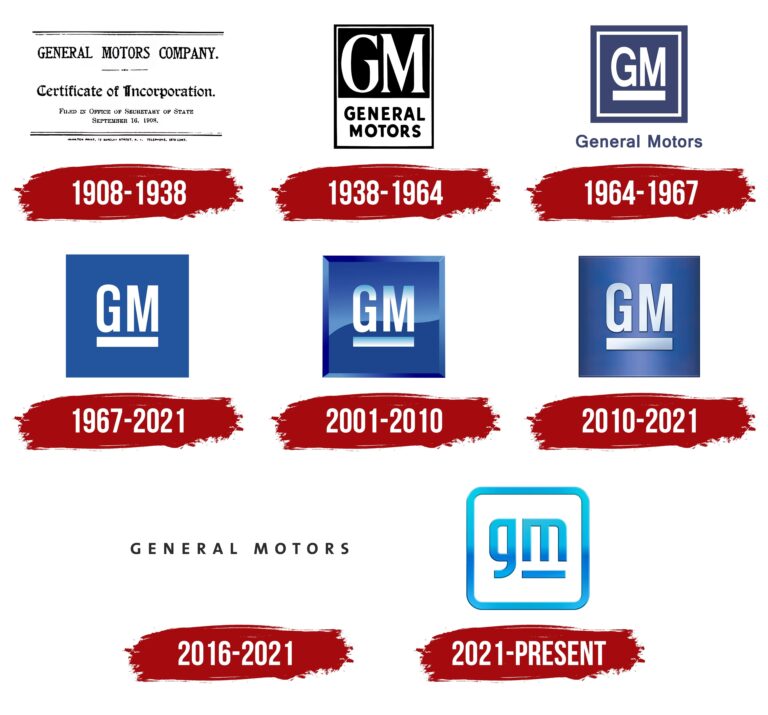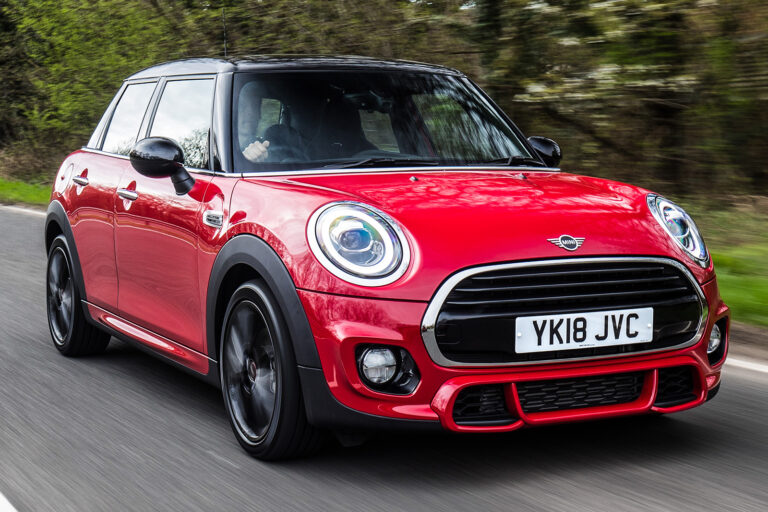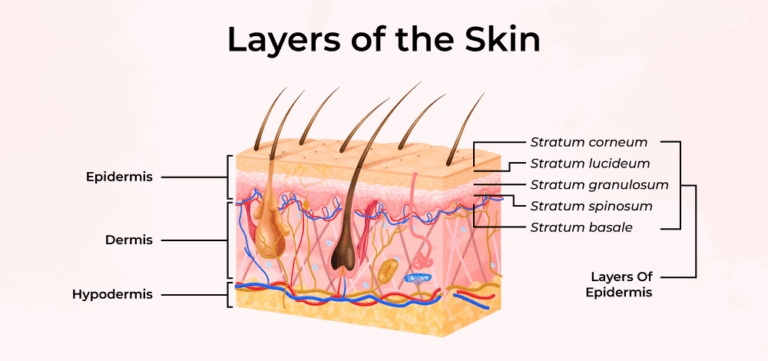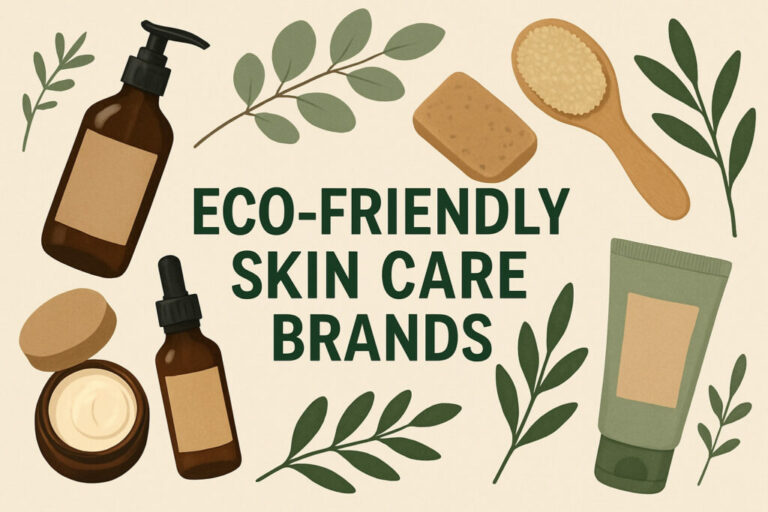Insuring A Branded Title Car: A Comprehensive Guide
Insuring A Branded Title Car: A Comprehensive Guide cars.truckstrend.com
Introduction: Navigating the Nuances of Branded Titles
When a vehicle suffers significant damage, theft, or has a specific history that impacts its safety or value, its title can be "branded" by the Department of Motor Vehicles (DMV). Common branded titles include "salvage," "rebuilt," "flood," "lemon," or "fire damage." While these vehicles often come with a significantly lower purchase price, attracting budget-conscious buyers, the journey to insuring them is far more intricate than with a clean-title car. Insuring a branded title car isn’t just about finding a policy; it’s about understanding the unique risks insurers perceive, navigating limited coverage options, and ensuring your investment is adequately protected. This comprehensive guide will demystify the process, offering practical advice and actionable insights for anyone looking to insure a branded title vehicle.
Insuring A Branded Title Car: A Comprehensive Guide
Understanding Branded Titles: What Are They and Why Do They Matter?
A branded title serves as a permanent mark on a vehicle’s history, signaling to future owners and insurers that the car has experienced a significant event impacting its integrity or market value. These brands are not merely administrative labels; they reflect a vehicle’s past and potential future risks.
- Salvage Issued when a vehicle has been declared a "total loss" by an insurance company. This usually means the cost of repairs exceeds a certain percentage (often 70-80%) of the vehicle’s actual cash value (ACV) before the damage. A salvage title means the car is not roadworthy and cannot be legally driven.
- Rebuilt/Reconstructed Once a salvage vehicle has been professionally repaired, inspected, and deemed safe for the road according to state regulations, its title can be upgraded to "rebuilt" or "reconstructed." This indicates it was once a total loss but has since been restored.
- Flood Issued to vehicles that have sustained significant water damage, often from floods. Water damage can lead to long-term electrical, mechanical, and even mold issues that are difficult to fully repair or detect.
- Lemon Applied to vehicles that, despite multiple repair attempts, continue to have substantial defects that impair their use, value, or safety. These vehicles are often bought back by the manufacturer.
- Fire Damage Similar to flood, indicating the vehicle suffered extensive damage from a fire.
- Odometer Rollback/Tampered Indicates that the vehicle’s odometer has been illegally altered to show fewer miles than actually driven.
- Theft Recovery Issued when a stolen vehicle is recovered, but damage sustained during the theft or its absence from the owner’s care results in a total loss declaration.
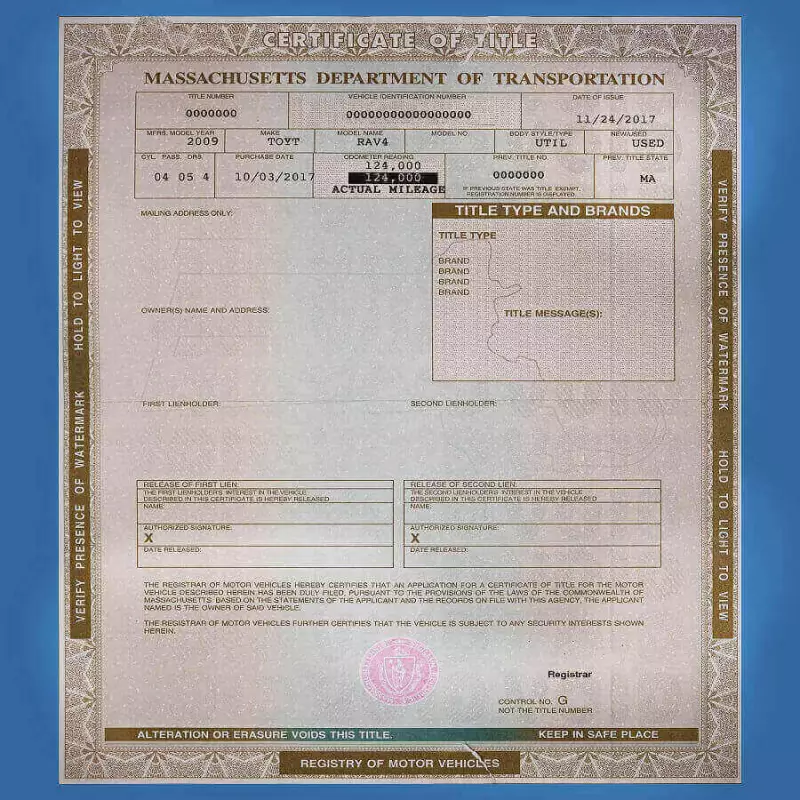
The implications of a branded title are profound. For insurers, a branded title signifies a higher risk profile. They often question the quality of repairs, the hidden damage that might not have been addressed, and the overall structural integrity and safety of the vehicle. This perception directly impacts their willingness to offer comprehensive coverage and the premiums they charge.
The Challenges of Insuring Branded Title Cars
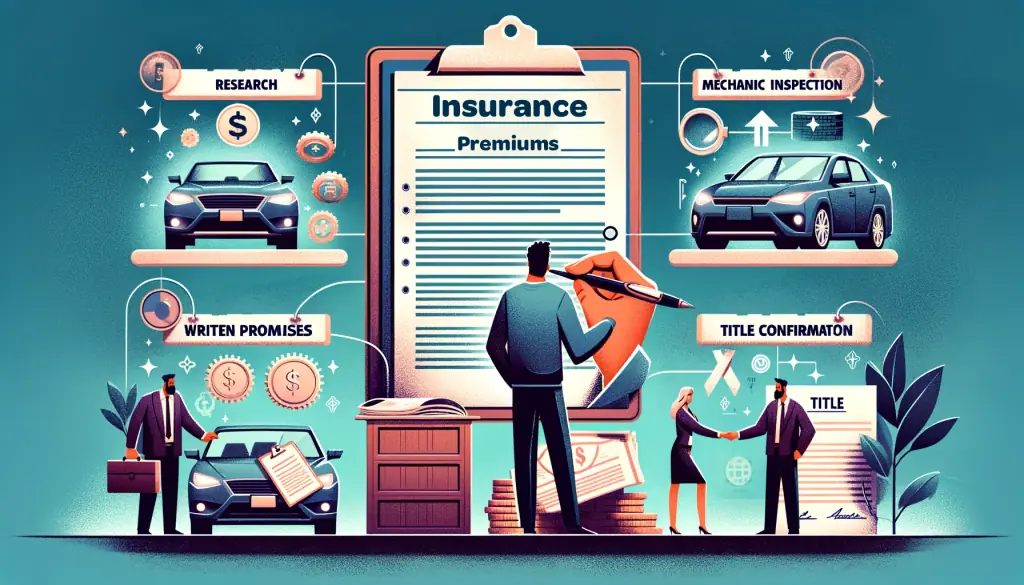
Insuring a branded title car presents several unique hurdles that standard vehicles do not. These challenges stem primarily from the inherent uncertainties associated with the vehicle’s past and its potential future reliability.
- Perceived Higher Risk: Insurers view branded vehicles, particularly those with a "rebuilt" or "flood" history, as having a higher likelihood of future mechanical failures, hidden issues, or being involved in another accident due to compromised structural integrity.
- Difficulty in Assessing Pre-Loss Value: If a branded vehicle is totaled again, determining its actual cash value (ACV) becomes problematic. Its market value is already significantly depreciated due to the brand, and there’s no reliable "clean title" equivalent for comparison. Insurers are wary of over-insuring or facing disputes over a vehicle’s worth.
- Limited Coverage Options: Many standard insurance providers are hesitant to offer comprehensive and collision coverage for branded title cars. They may only offer liability insurance, which covers damages to other vehicles or property in an accident you cause, but not damage to your own car.
- Higher Premiums (if comprehensive/collision is offered): For the few insurers willing to provide full coverage, the premiums will almost certainly be higher than for a comparable clean-title vehicle, reflecting the increased risk.
- Specific Insurer Policies/Restrictions: Some insurance companies have outright policies against insuring certain types of branded titles (e.g., flood or lemon titles), or they may impose strict conditions, such as requiring extensive documentation of repairs and independent appraisals.
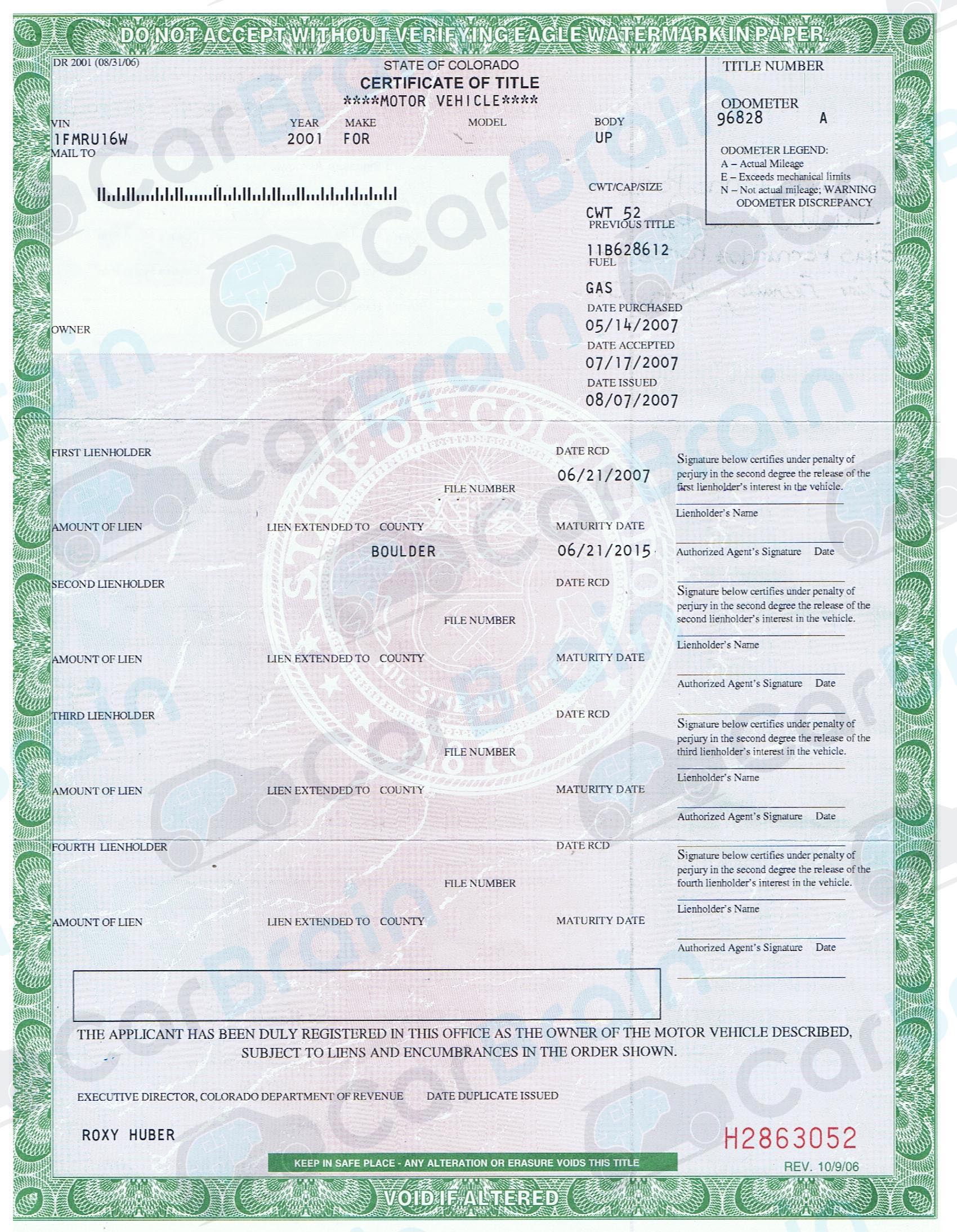
Steps to Insure a Branded Title Car: A How-To Guide
Successfully insuring a branded title car requires diligence, transparency, and thorough preparation. Follow these steps to maximize your chances of securing appropriate coverage:
- Understand the Brand and Vehicle History: Before you even consider purchasing or insuring, obtain a comprehensive vehicle history report (e.g., CarFax, AutoCheck). This report will detail the type of brand, the date it was issued, and often the nature of the damage that led to the branding. Understand what you’re buying into.
- Ensure Proper Rebuilding and State Compliance: For a "salvage" title vehicle to become insurable for anything more than liability, it must be properly rebuilt and inspected by your state’s DMV or authorized body. It needs to be issued a "rebuilt" or "reconstructed" title, indicating it’s roadworthy. Without this, you won’t get past liability.
- Gather Extensive Documentation: This is perhaps the most crucial step. Collect every piece of documentation related to the vehicle’s repair:
- Before-and-after photos of the damage and repairs.
- Detailed receipts for all parts and labor, showing what was replaced or fixed.
- Certificates from state inspections (salvage inspection, safety inspection).
- Proof of original title brand and subsequent rebuilt title.
- Any warranties on parts or repairs.
- Shop Around Extensively: Do not settle for the first quote. Contact a wide range of insurance providers:
- Major National Insurers: While some may decline, others might have specific policies.
- Independent Insurance Agents: These agents work with multiple carriers and can often find niche policies or insurers specializing in non-standard vehicles.
- Specialty Insurers: Some smaller or regional companies cater to higher-risk vehicles or unique situations.
- Be Completely Transparent with Insurers: When getting quotes, always disclose the branded title upfront. Hiding this information could lead to your policy being canceled, claims denied, or even accusations of insurance fraud. Provide all the documentation you’ve gathered.
- Get an Independent Appraisal: This is vital if you seek comprehensive or collision coverage. An independent, certified appraiser can assess the vehicle’s current market value, taking into account its branded title and the quality of repairs. This appraisal can serve as proof of value to the insurer and can be critical in negotiating an "agreed value" policy, where the insurer agrees to pay a specific amount if the car is totaled.
- Understand Coverage Limitations and Policy Wording: If you do secure comprehensive and collision coverage, read the policy carefully. There might be specific exclusions, lower payout limits, or higher deductibles compared to a clean-title policy. Clarify what happens if the car is totaled again – will they use the ACV based on a branded title, or will they honor your appraisal?
Types of Coverage Available (and Not So Available)
The availability of specific insurance coverage types varies significantly for branded title cars:
- Liability Coverage: Almost universally available. This is the minimum required by law in most states and covers damages you cause to other people’s property or injuries you inflict.
- Collision Coverage: Often difficult to obtain. If available, it may come with higher premiums, higher deductibles, or a pre-determined maximum payout that reflects the vehicle’s branded status. This covers damage to your own vehicle in an at-fault accident.
- Comprehensive Coverage: Similar to collision, it’s challenging to secure. This covers non-collision events like theft, vandalism, fire, or natural disasters.
- Uninsured/Underinsured Motorist (UM/UIM): Generally available. This protects you if you’re hit by a driver who doesn’t have enough (or any) insurance.
- Medical Payments/Personal Injury Protection (MedPay/PIP): Usually available. This covers medical expenses for you and your passengers, regardless of fault.
- Agreed Value Policies: Rare for branded titles, but highly desirable. Instead of ACV, the insurer agrees on a specific value for the vehicle at the policy’s inception, often based on an independent appraisal. This removes much of the guesswork and dispute potential in a total loss scenario.
Tips for Getting Insured and Saving Money
Even with the challenges, there are ways to improve your chances and potentially reduce costs:
- Ensure Professional, Documented Repairs: Sloppy or unreceipted DIY repairs will be a red flag. Professional repairs with detailed invoices demonstrate a commitment to safety and quality.
- Maintain an Excellent Driving Record: A clean driving history with no accidents or tickets significantly reduces your overall risk profile, making you a more attractive customer regardless of your car’s title.
- Bundle Policies: If you have home, renters, or other insurance policies with a particular company, inquire about bundling discounts.
- Increase Your Deductibles: Opting for a higher deductible (the amount you pay out-of-pocket before insurance kicks in) can lower your premium, but ensure you can afford it if you need to file a claim.
- Consider Telematics Programs: Some insurers offer programs that monitor your driving habits (speed, braking, mileage). Good driving behavior can earn you discounts.
- Emphasize Safety Features: If your vehicle has modern safety features (e.g., advanced driver-assistance systems, robust airbags), highlight them.
- Annual Policy Review: Review your policy annually to ensure it still meets your needs and to check for any new discounts or changes in your vehicle’s value.
Potential Challenges and Solutions
- Challenge: Insurers Refuse Coverage Entirely.
- Solution: Don’t give up on the first rejection. Approach smaller, regional insurance companies or those specializing in "non-standard" auto insurance. An independent insurance agent is invaluable here.
- Challenge: Low Payout Offers for Claims (especially total loss).
- Solution: This is where your comprehensive documentation and independent appraisal become critical. They provide concrete evidence of your car’s value and the quality of its repairs, giving you leverage in negotiations.
- Challenge: Exorbitantly High Premiums.
- Solution: This often means you need to continue shopping around. If full coverage is too expensive, weigh the risk of only having liability against the savings. Consider if the initial low purchase price of the branded car is offset by the higher insurance costs.
Branded Title Car Insurance: Estimated Price & Coverage Availability
It’s crucial to understand that insurance premiums are highly individualized, depending on numerous factors like your driving record, location, vehicle make/model, the specific brand type, and the insurer. The table below provides conceptual ranges and considerations, not exact prices.
| Coverage Type | Availability for Branded Title Cars (vs. Clean Title) | Estimated Annual Cost Range (Branded Title)* | Key Considerations / Notes |
|---|---|---|---|
| Liability (Minimum) | Generally High (Similar to Clean Title) | $500 – $1,500+ | Mandatory in most states. Covers others’ damages/injuries you cause. Availability is high. |
| Collision | Moderate to Low (More Difficult) | $800 – $2,500+ | Often comes with higher deductibles or lower maximum payouts. Requires thorough documentation & appraisal. Some insurers may refuse. |
| Comprehensive | Moderate to Low (More Difficult) | $600 – $2,000+ | Similar challenges to Collision coverage. Covers non-collision damage (theft, fire, vandalism, natural disaster). |
| Uninsured/Underinsured Motorist | Generally High (Similar to Clean Title) | $100 – $400+ | Protects you if hit by a driver with insufficient or no insurance. |
| Medical Payments/PIP | Generally High (Similar to Clean Title) | $50 – $300+ | Covers medical expenses for you/passengers, regardless of fault. |
| Agreed Value Policy | Very Low (Rare) | Varies widely (often premium pricing) | Requires independent appraisal. Insurer agrees to a set payout if totaled. Best-case scenario for valuation. |
- Disclaimer: These are rough estimates for illustrative purposes only. Actual costs can vary dramatically based on location, driver age/history, vehicle type, specific brand (e.g., flood vs. minor collision rebuild), insurer, and chosen deductibles. Always obtain multiple personalized quotes.
Frequently Asked Questions (FAQ)
Q1: Can I get full coverage (collision and comprehensive) on a branded title car?
A1: It’s challenging but possible. Many insurers are hesitant, but some will offer it, especially if the vehicle has been properly rebuilt, inspected, and you have extensive documentation and an independent appraisal. Expect higher premiums and potentially lower payout limits.
Q2: Why is it harder to insure a branded title car?
A2: Insurers perceive branded titles as higher risk due to potential hidden damage, questions about the quality of repairs, and difficulty in accurately assessing the vehicle’s market value in case of a total loss.
Q3: What documents do I need to insure a branded title car?
A3: You’ll ideally need the vehicle’s history report (CarFax/AutoCheck), proof of the "rebuilt" title, detailed repair receipts, before-and-after photos of the damage/repairs, and an independent appraisal.
Q4: Will my premium be higher for a branded title car?
A4: Yes, generally. If you manage to get comprehensive and collision coverage, the premiums will likely be higher than for a comparable clean-title vehicle, reflecting the increased risk.
Q5: What if my car was rebuilt after a minor accident?
A5: While any branded title presents challenges, a "rebuilt" title from minor, documented damage (e.g., cosmetic) might be easier to insure than one from severe structural damage or flood. Transparency and documentation are key.
Q6: Does a branded title affect resale value?
A6: Absolutely. Branded title cars typically sell for significantly less (often 20-50% or more) than their clean-title counterparts, even after quality repairs.
Q7: Should I buy a branded title car?
A7: Buying a branded title car can save you money upfront, but it requires careful research, a thorough independent inspection, and an understanding of the insurance and resale challenges. They are not for everyone, but can be a good value for the informed buyer.
Conclusion: Diligence is Your Best Policy
Insuring a branded title car is undeniably more complex than insuring a clean-title vehicle. It demands a proactive approach, meticulous documentation, and persistent shopping around. While the initial savings on the purchase price can be attractive, it’s crucial to weigh those against the potential hurdles of securing comprehensive insurance, higher premiums, and reduced resale value.
By understanding the nature of branded titles, preparing thoroughly with documentation and appraisals, and being transparent with potential insurers, you can navigate this intricate landscape. Your diligence in these steps will not only increase your chances of obtaining suitable coverage but also provide peace of mind that your unique investment is as protected as possible on the road ahead.

